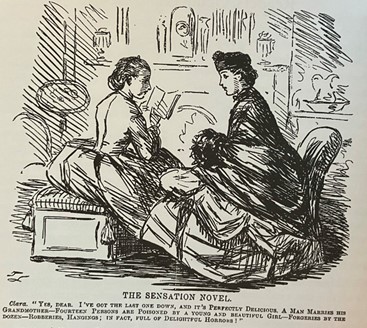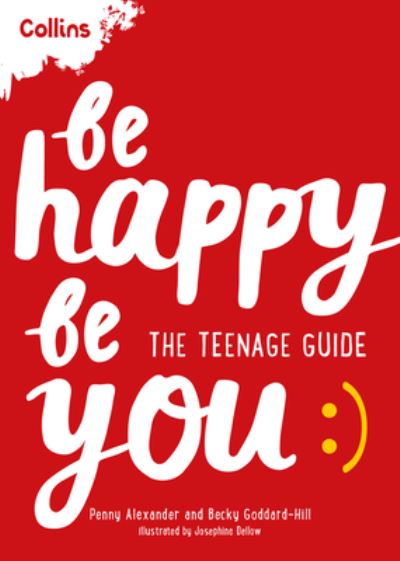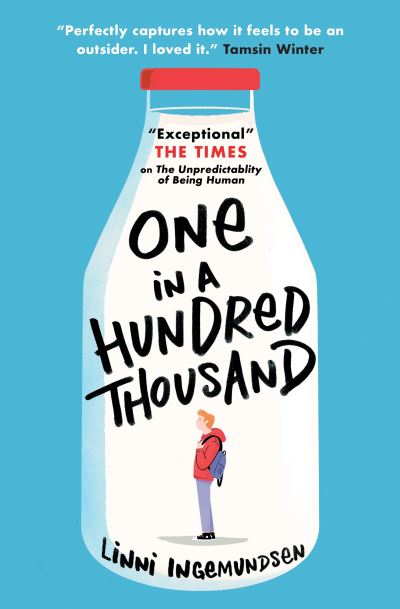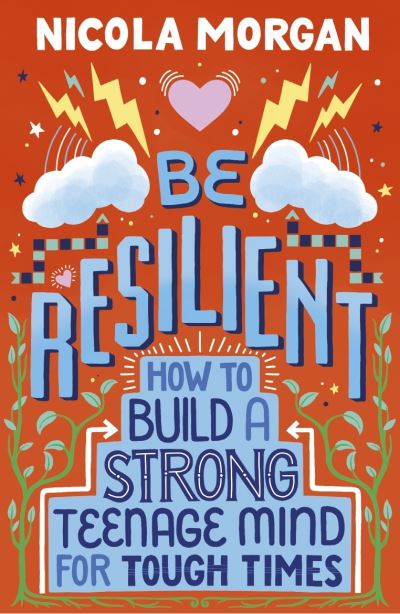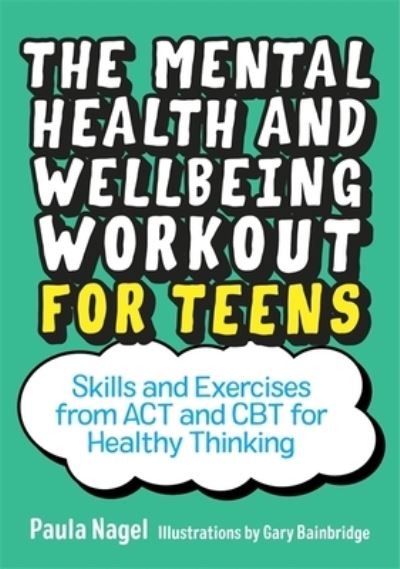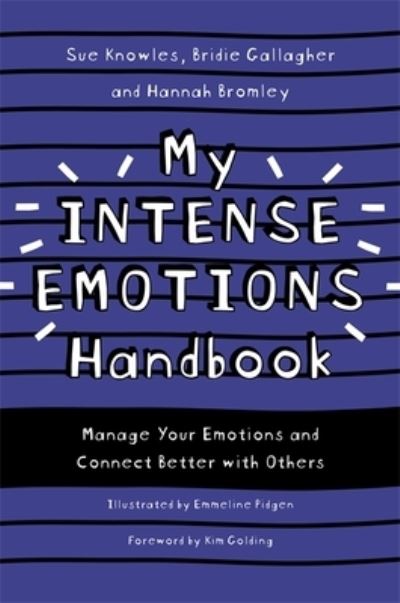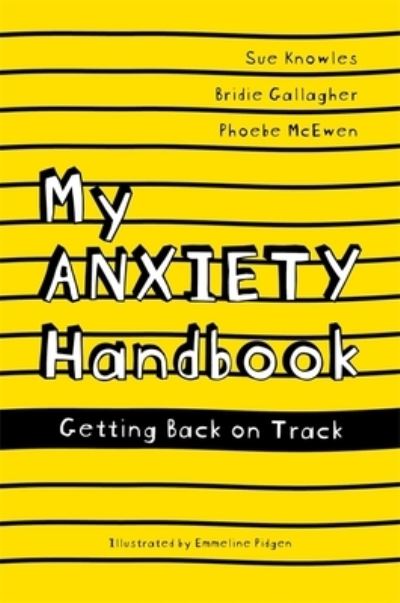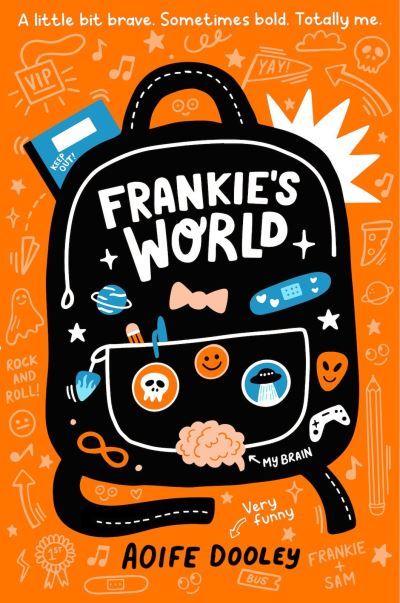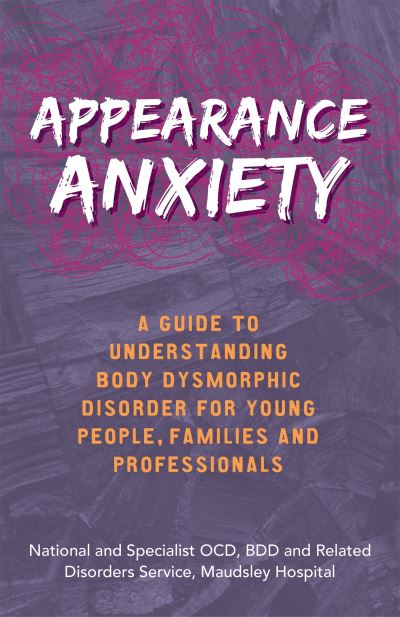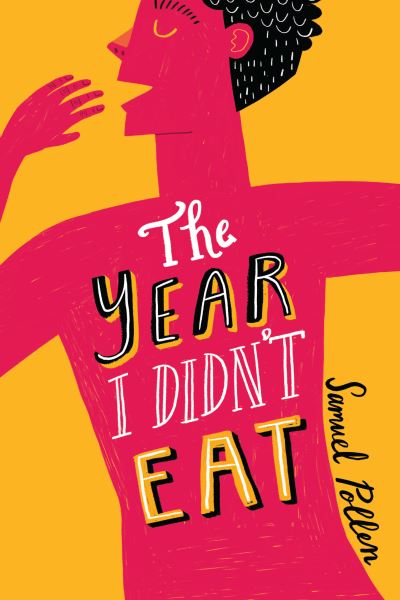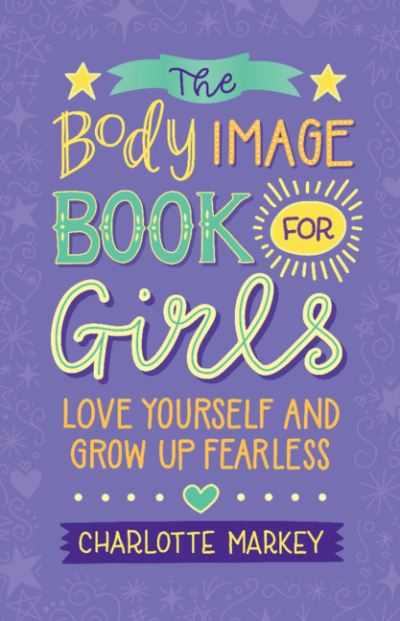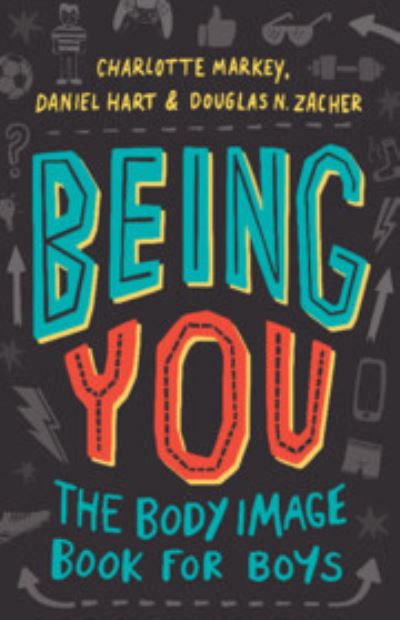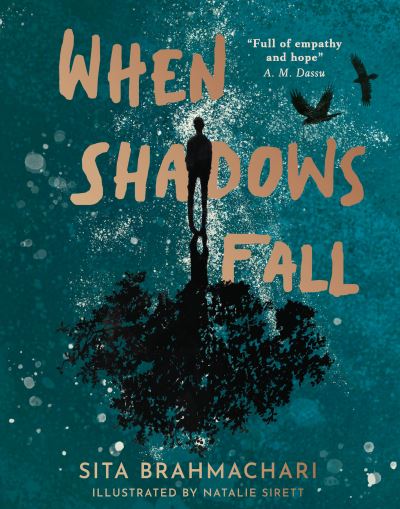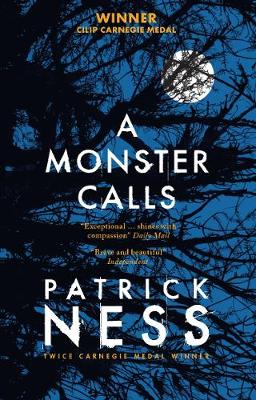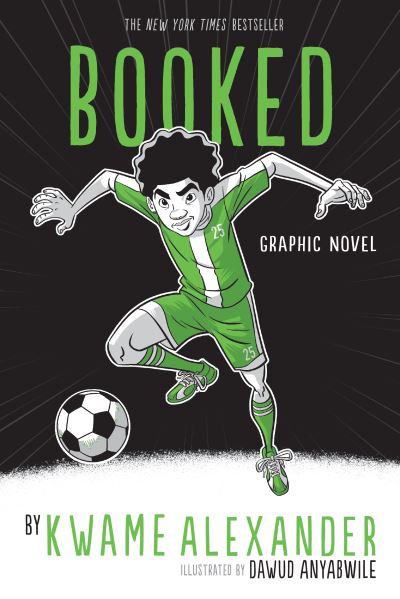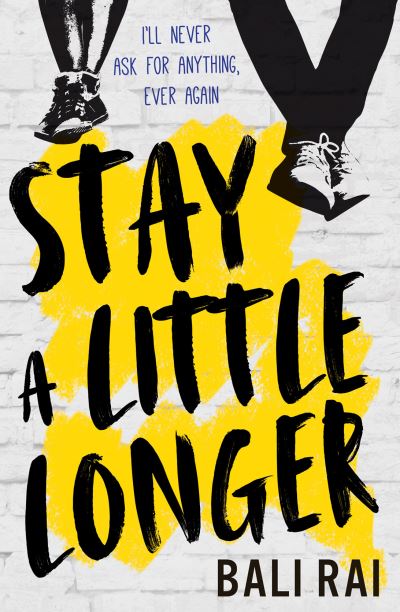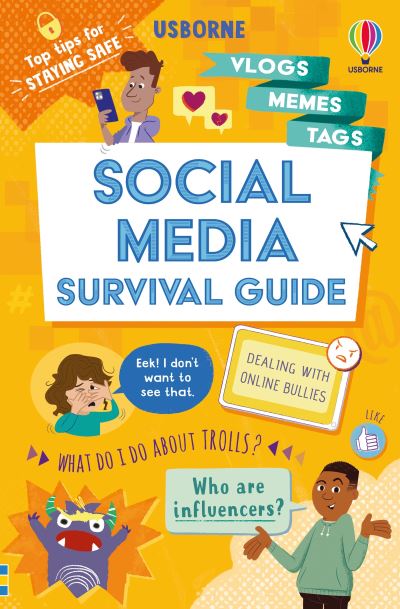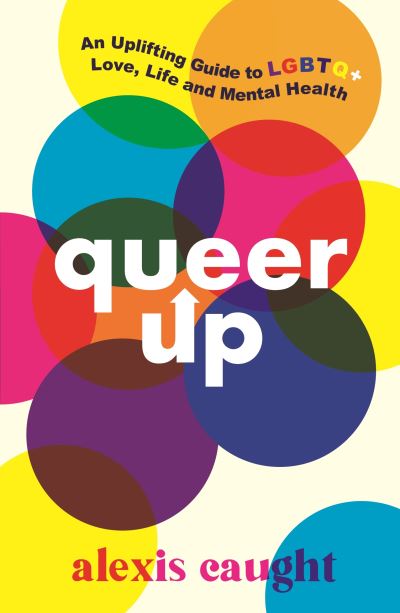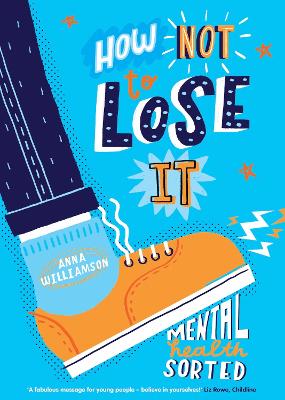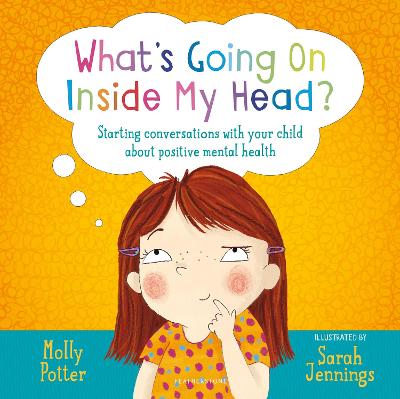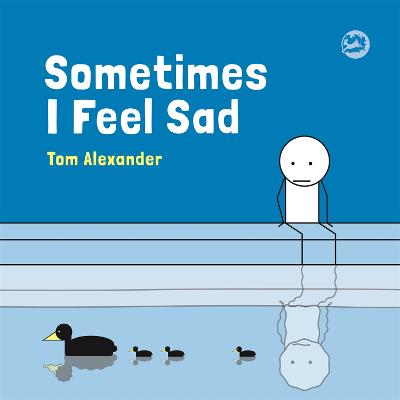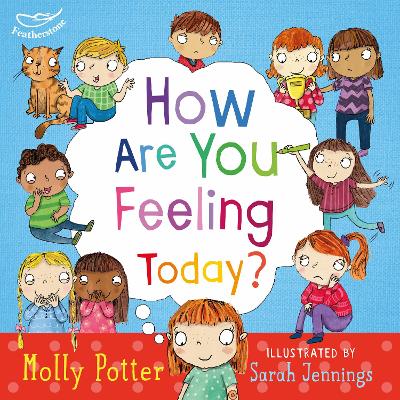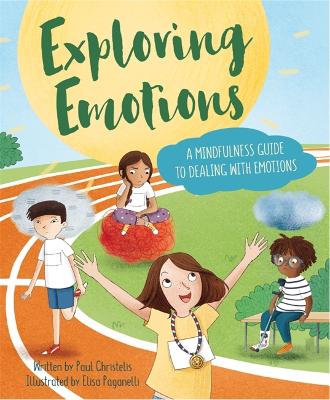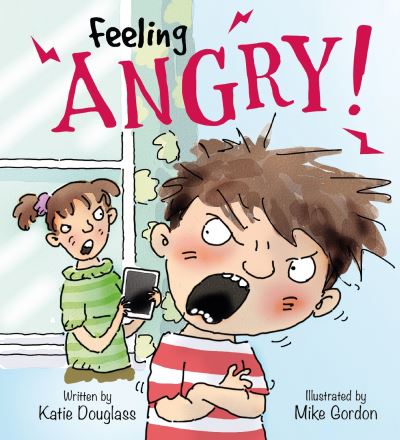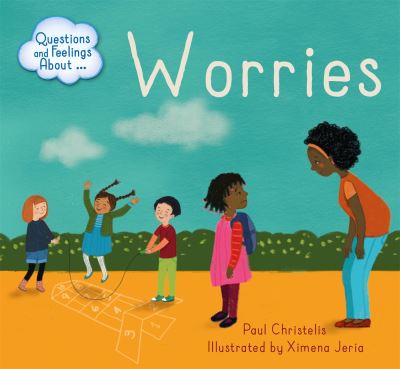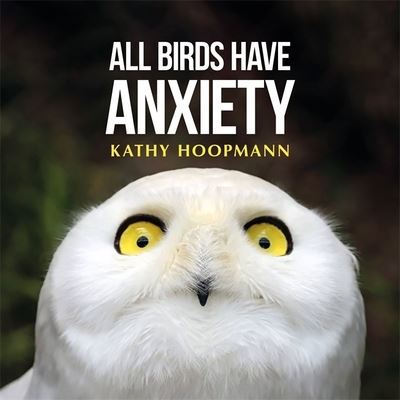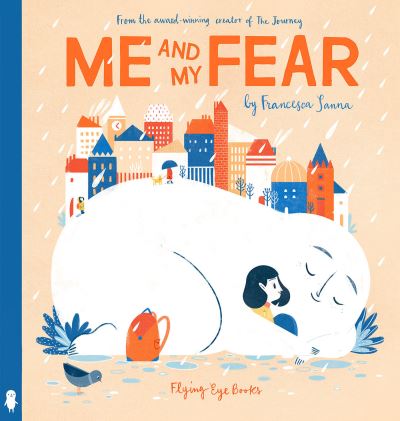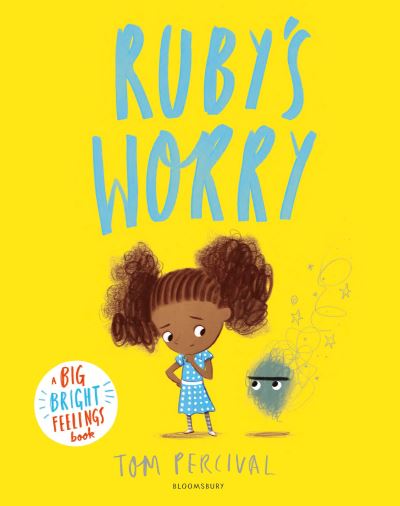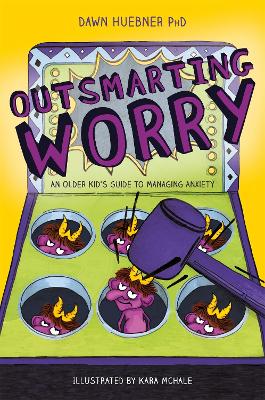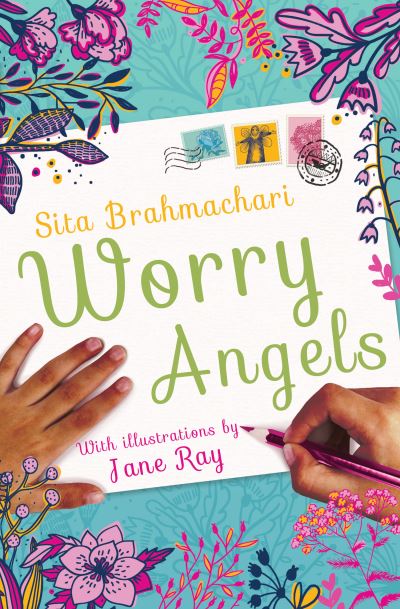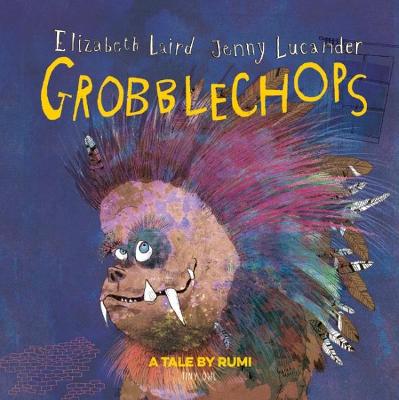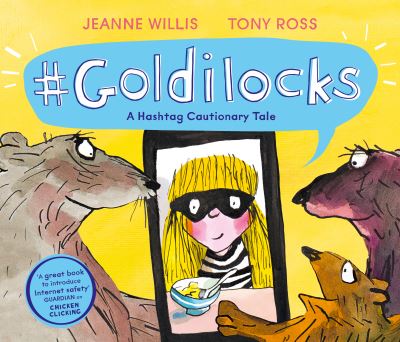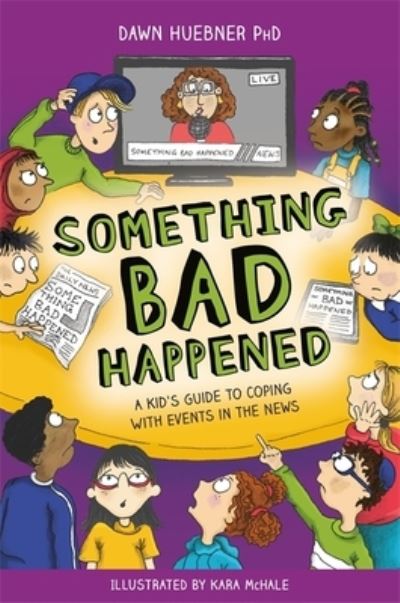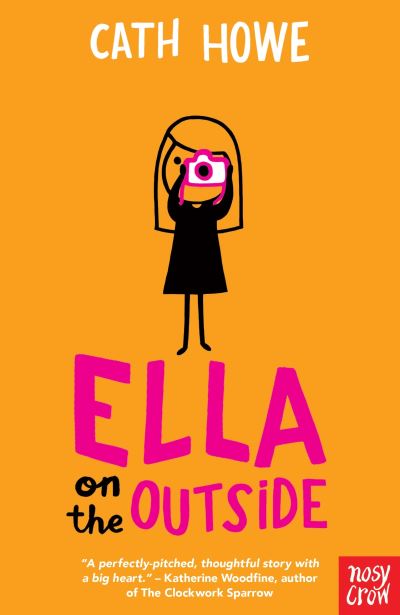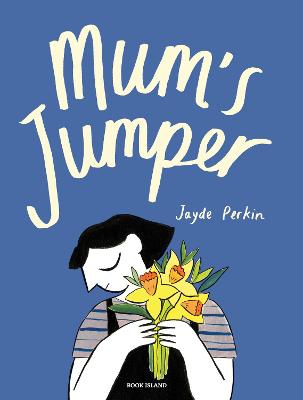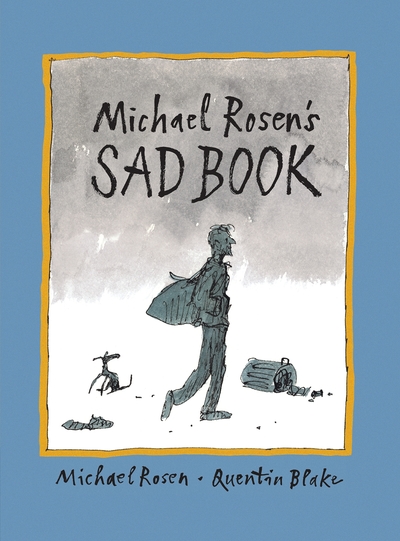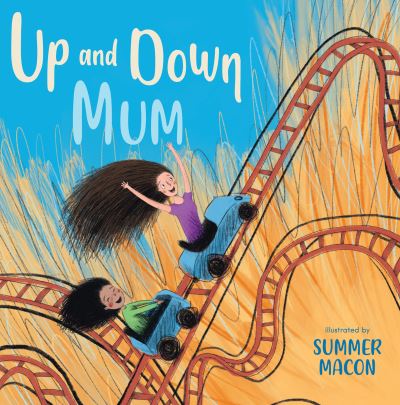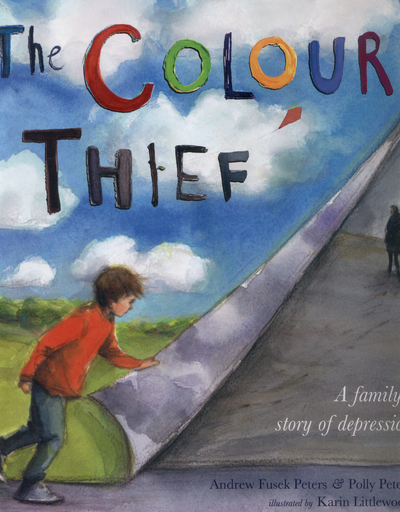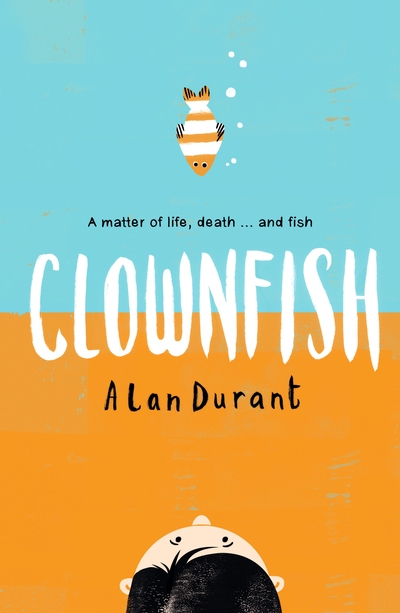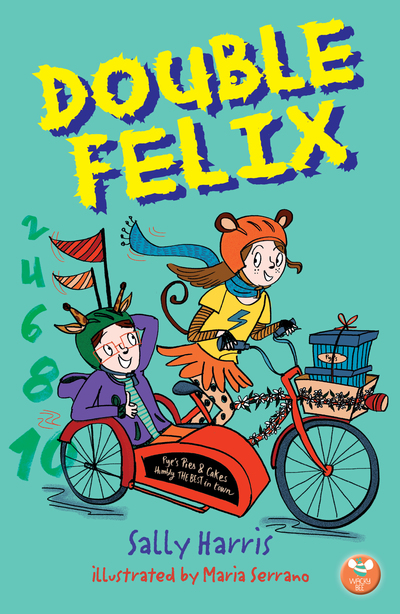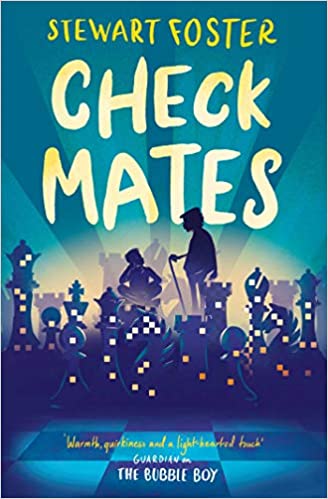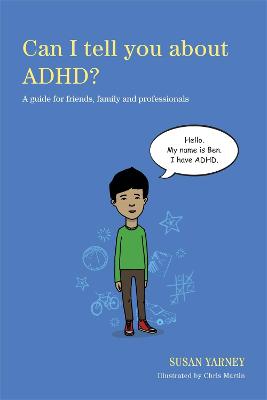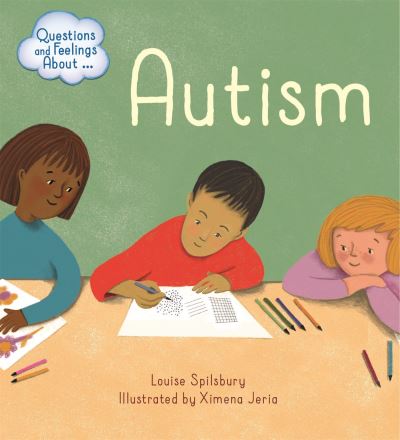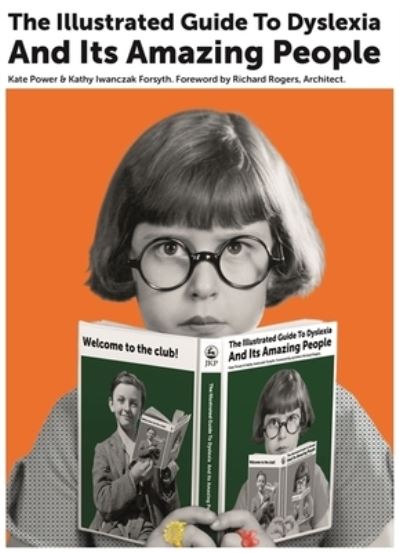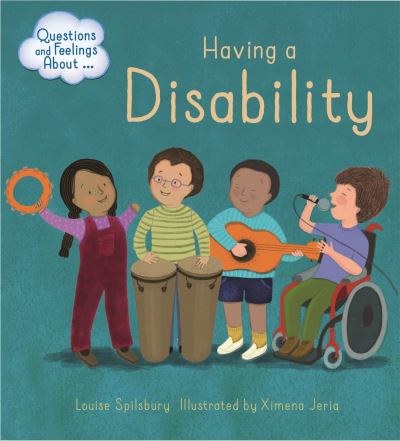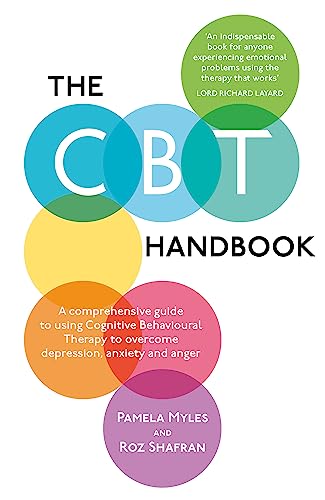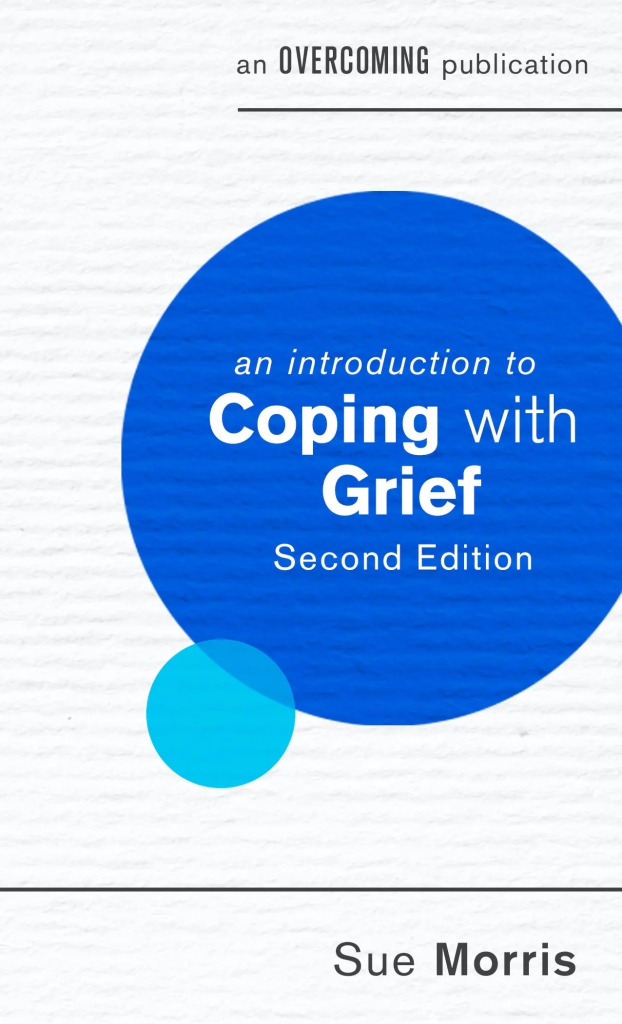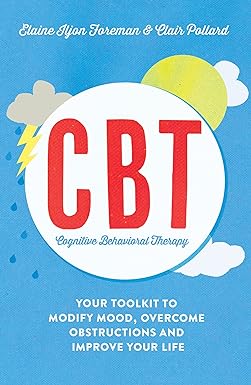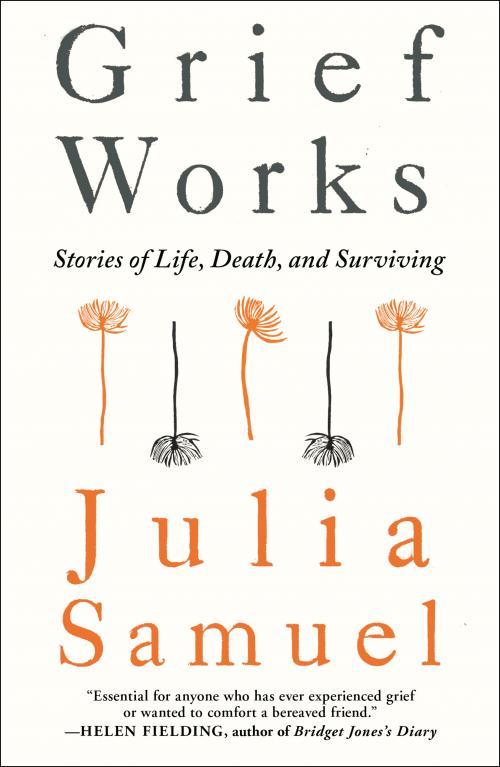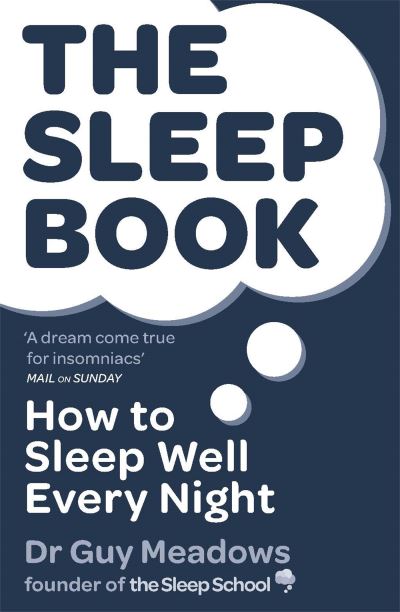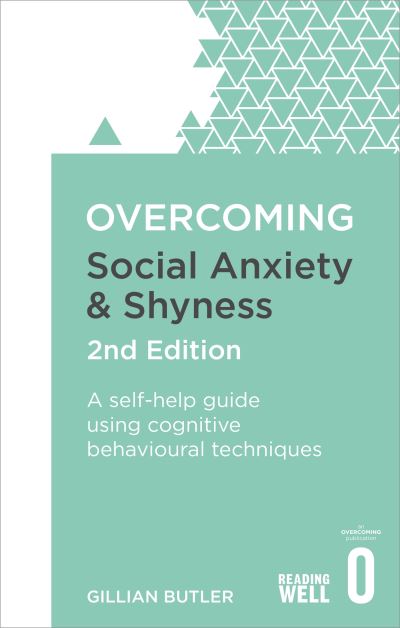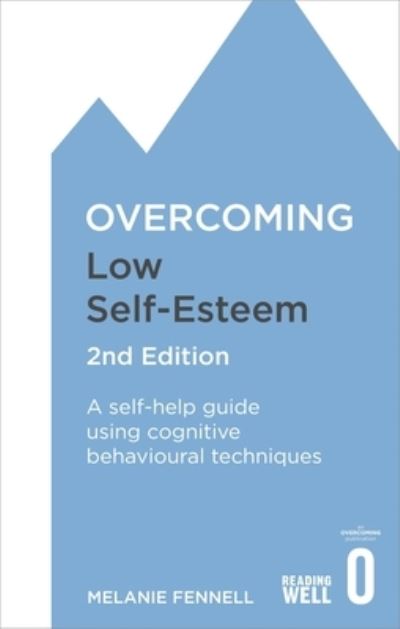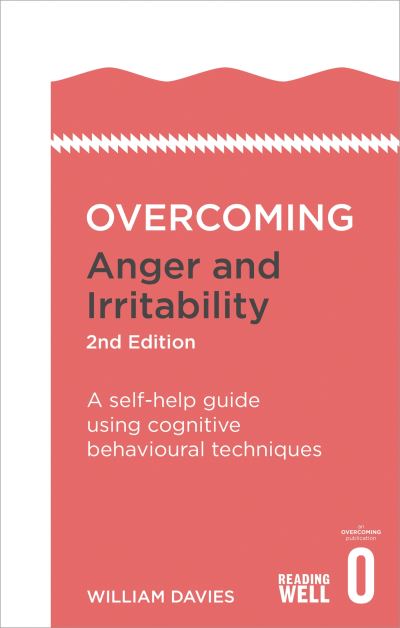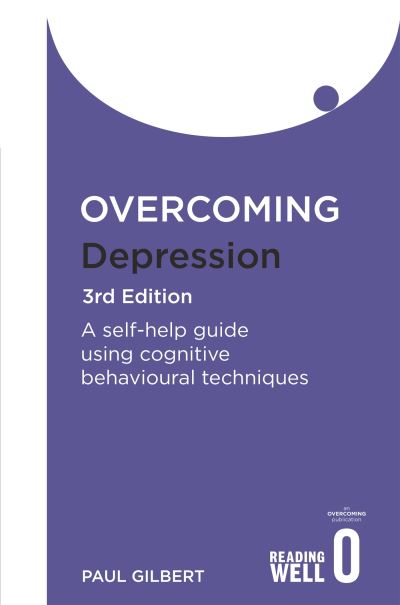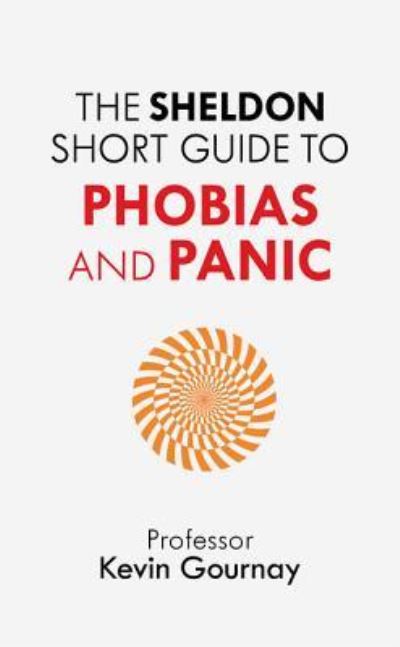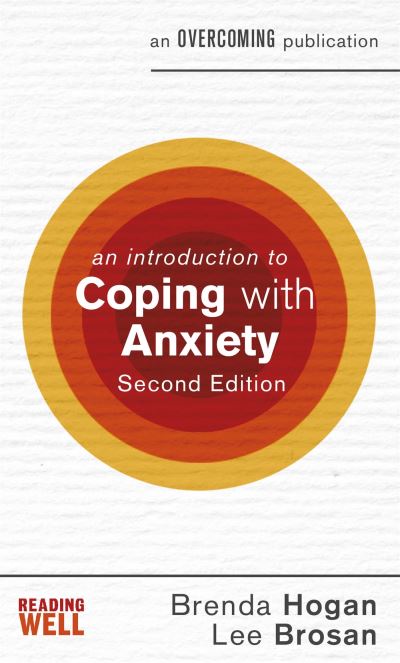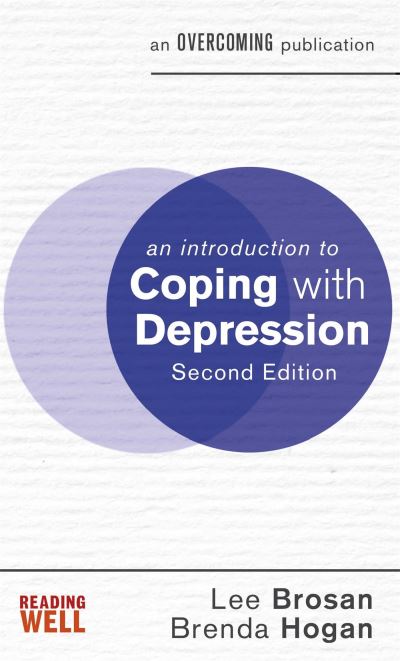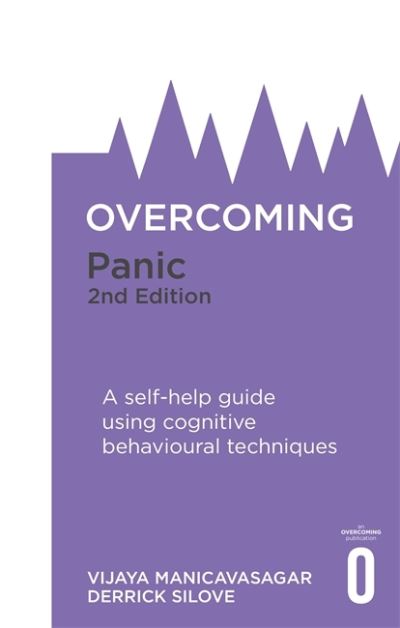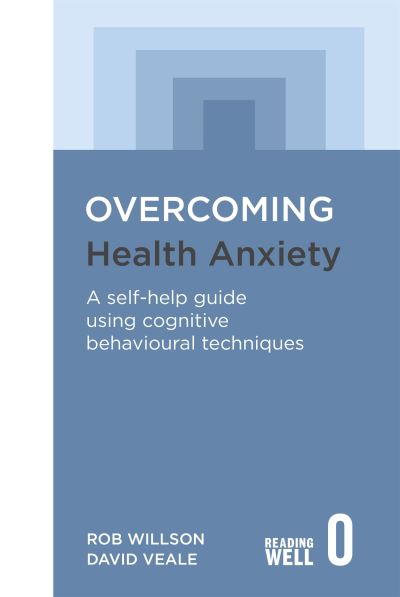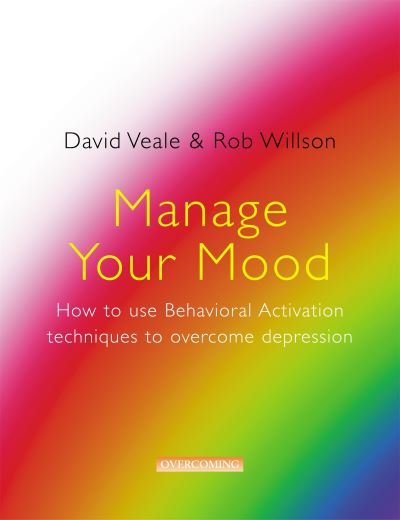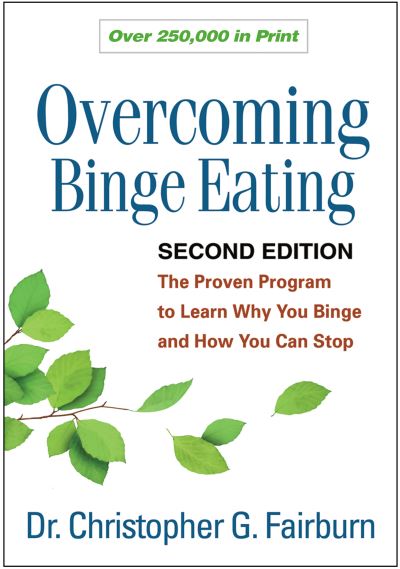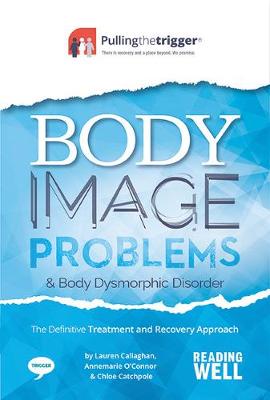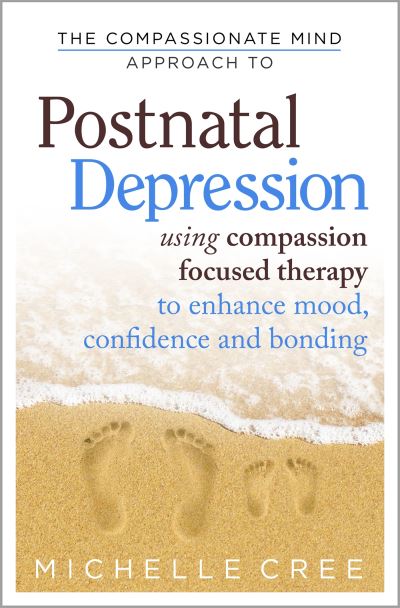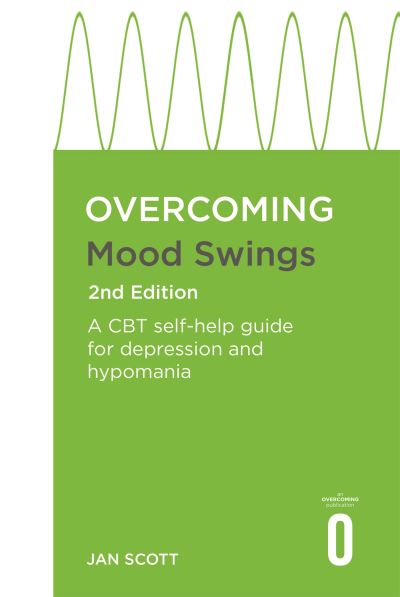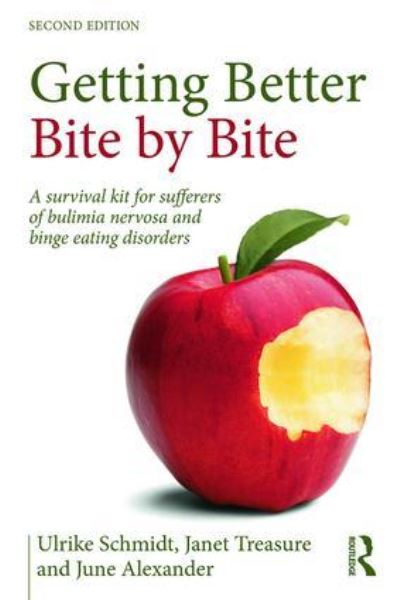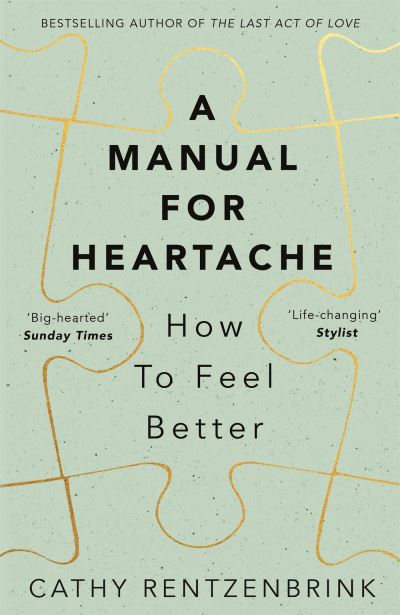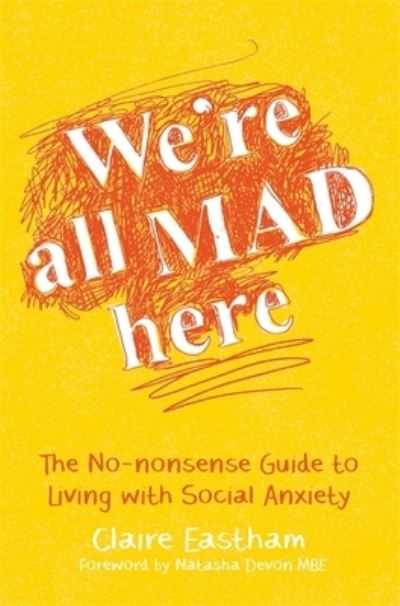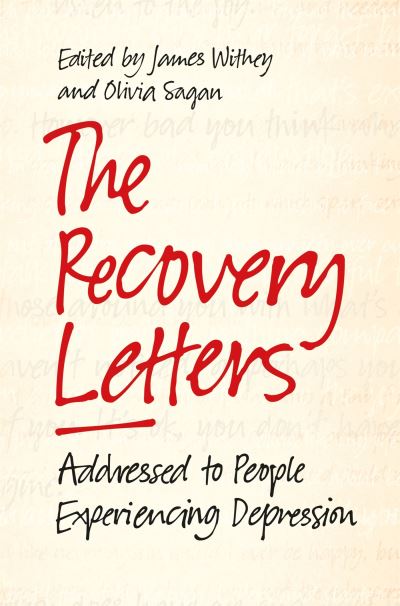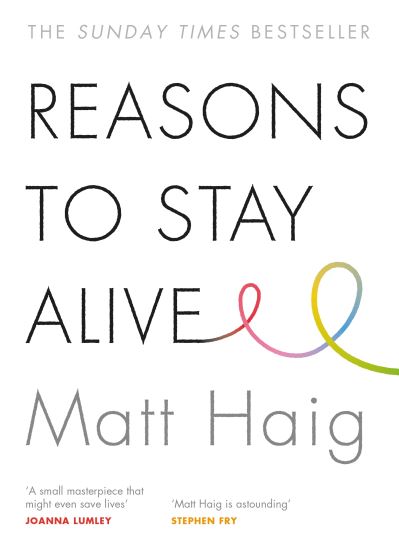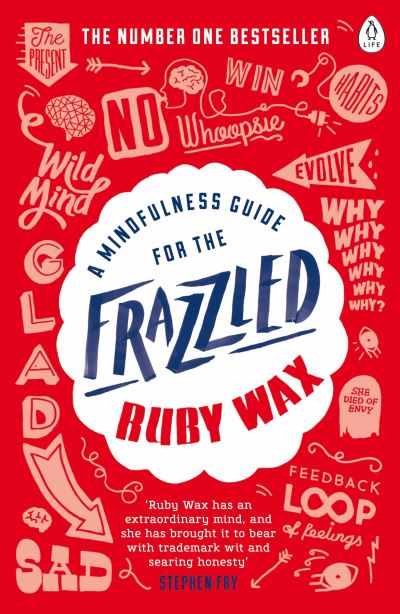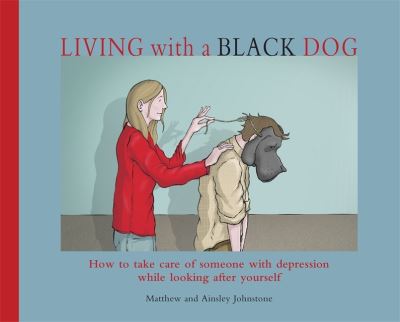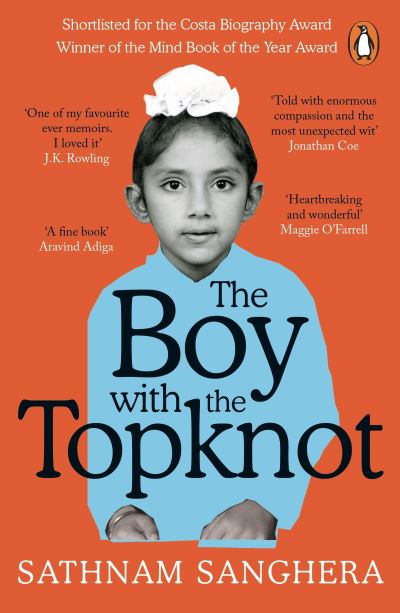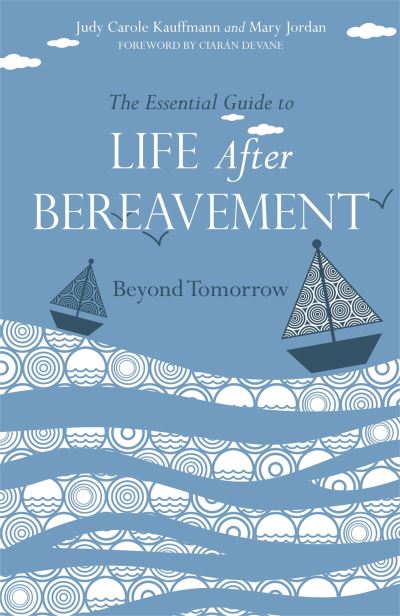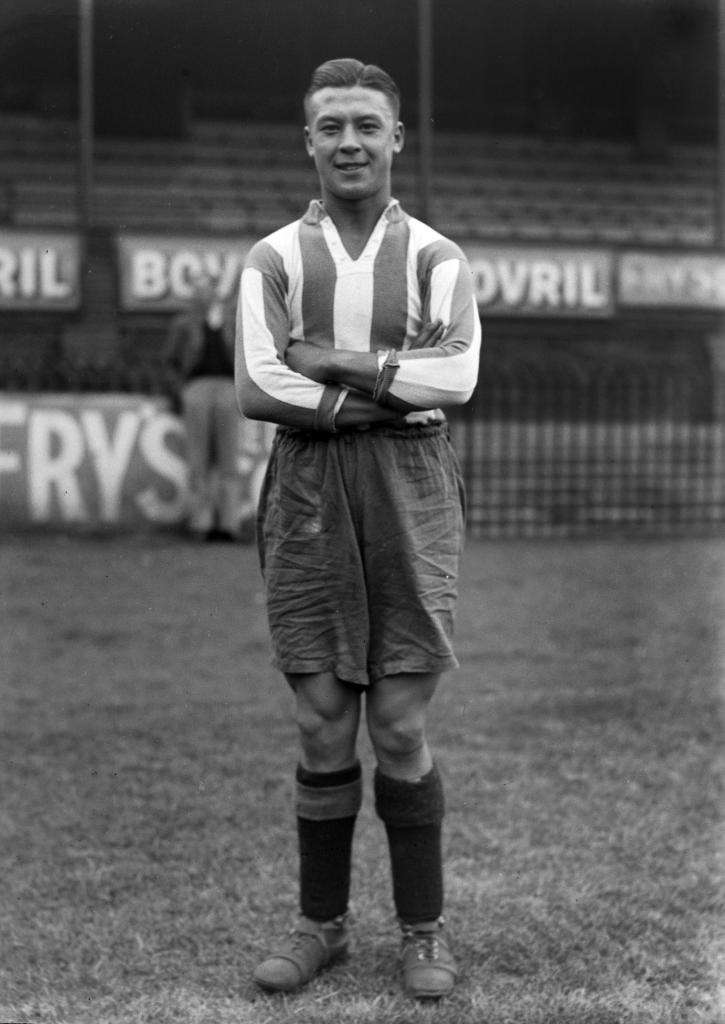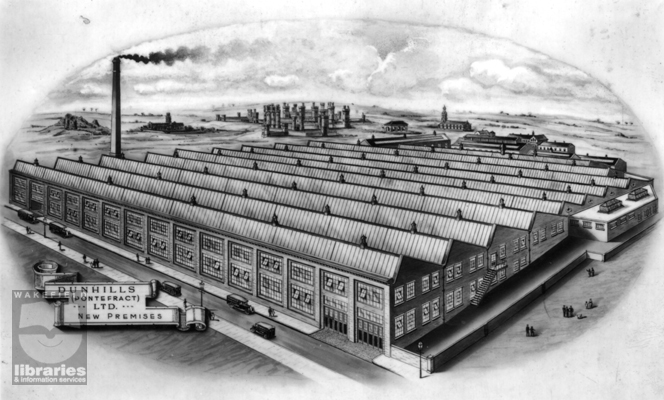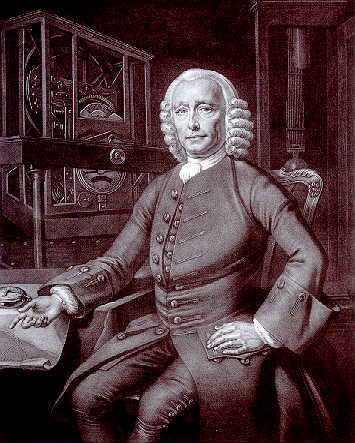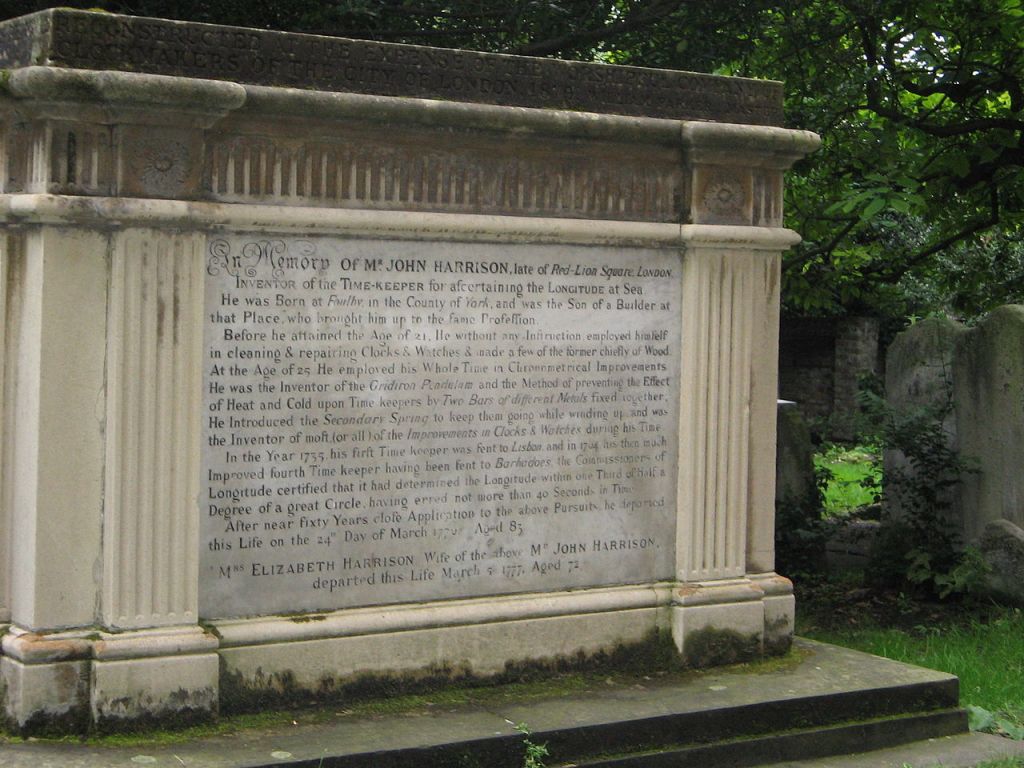Know Your Neighbourhood

Libraries across Wakefield are part of a major new initiative to create volunteering opportunities and support those experiencing loneliness. The Know Your Neighbourhood Project runs from September 2023 until March 2025 and aims are to tackle loneliness across the Wakefield district and to develop an understanding of what works to improve wellbeing and pride in our communities through volunteering and being involved in community initiatives.
Recent research has found that those living in deprived areas are more likely to suffer from chronic loneliness and are less likely to volunteer. Research has also shown that volunteering can connect communities, help people learn new skills and improve social networks.
From September, Wakefield Libraries have begun to pilot social inclusion events and activities in Pontefract, Knottingley, South Elmsall and Horbury. Events such as a community coffee morning, chair Zumba, autumn crafts and a poppy project have already proven popular with those in attendance. Further volunteering opportunities, events and activities will be available across all Wakefield libraries from January 2024.
We are consulting the public on our Know Your Neighbourhood events, any barriers we can tackle to make events and volunteering more accessible, and the types of activities you would like to see in the future. We would love to hear what you think so please download the below questionnaire and return completed forms to sharontepper@wakefield.gov.uk. You can also pick up a questionnaire in any of our libraries.
Funding for the Know Your Neighbourhood project comes from the Department for Culture, Media and Sport (DCMS) and has been distributed by Arts Council England (ACE) in partnership with national charity Libraries Connected.
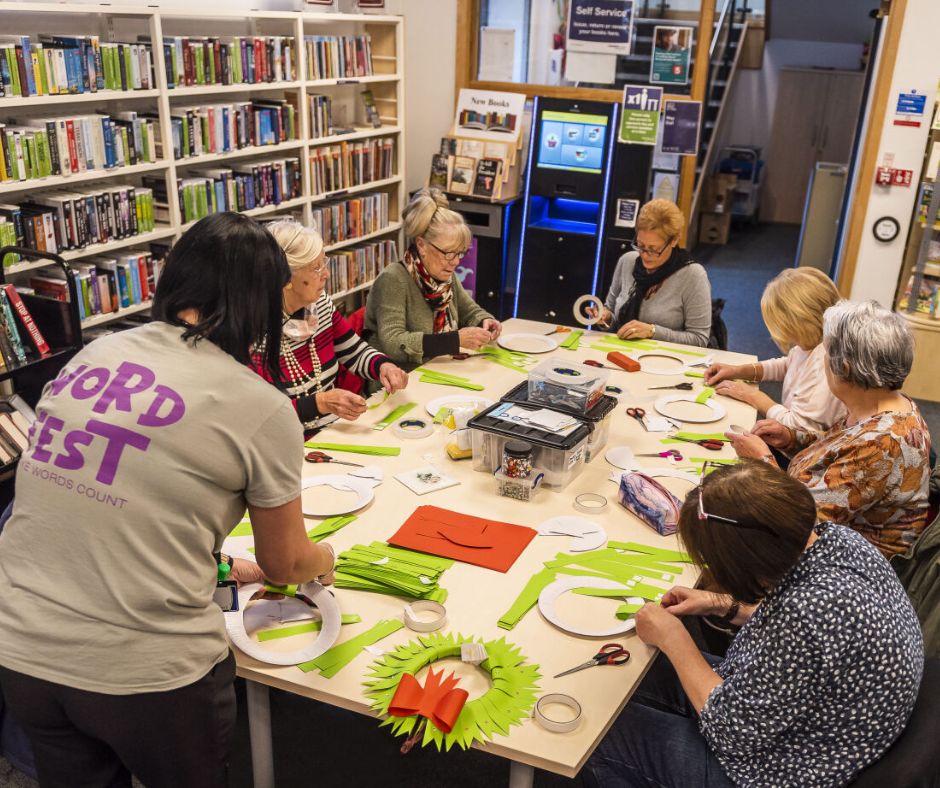
Treason! The Battle of Newland – a rollercoaster tale of riots, conspiracies, kings and knights!

In the Goodchild collection held at West Yorkshire archives in Wakefield a curious manuscript account exists entitled ‘The Ballad of the Battle of Newland’ by P.W. The ballad presents itself as an account of an unknown medieval skirmish between the Knights Hospitaller of Newland preceptory near Normanton, and a band of yeoman from Wakefield.

Led by Sir Richard Rich, Henry VIIIs leading dissolver of monastic houses in an epic fight set in 1541, they battle to evict the knights from their home and return triumphant to Wakefield having vanquished them.
The ballad is written in a flowery medieval-style poetic language and has a lot of historical facts in it, however there are several strange discrepancies in the ballad that have led historians to wonder if it is really true, who really wrote it, when and why, as no other trace of this battle exists in the historic record.
Through social media posts, workshops, talks and feedback from interested people from the local community, and aided by peer researchers who followed up clues and questions, the real truth about the battle unfolded between March and June 2023.
This took us on a rollercoaster ride through the ages and echoes of our local past repeating itself across generations. Presented here are the initial chapters of our research findings and actual historical documents that formed part of the research project to detect this historical case of ‘fake news’.
Our research and conclusions are presented in a 4 part presentation.
The Newland Letter
View and download the original manuscript and associated documents, or read transcribed versions.
The Battle of Newland Manuscript
Part EDownload
The Battle of Newland Printed Version
The Battle of Newland Printed Edition Transcription (Easy Read)
The Battle of Newland
TranscriptionDownload
Draft Letter to Publisher
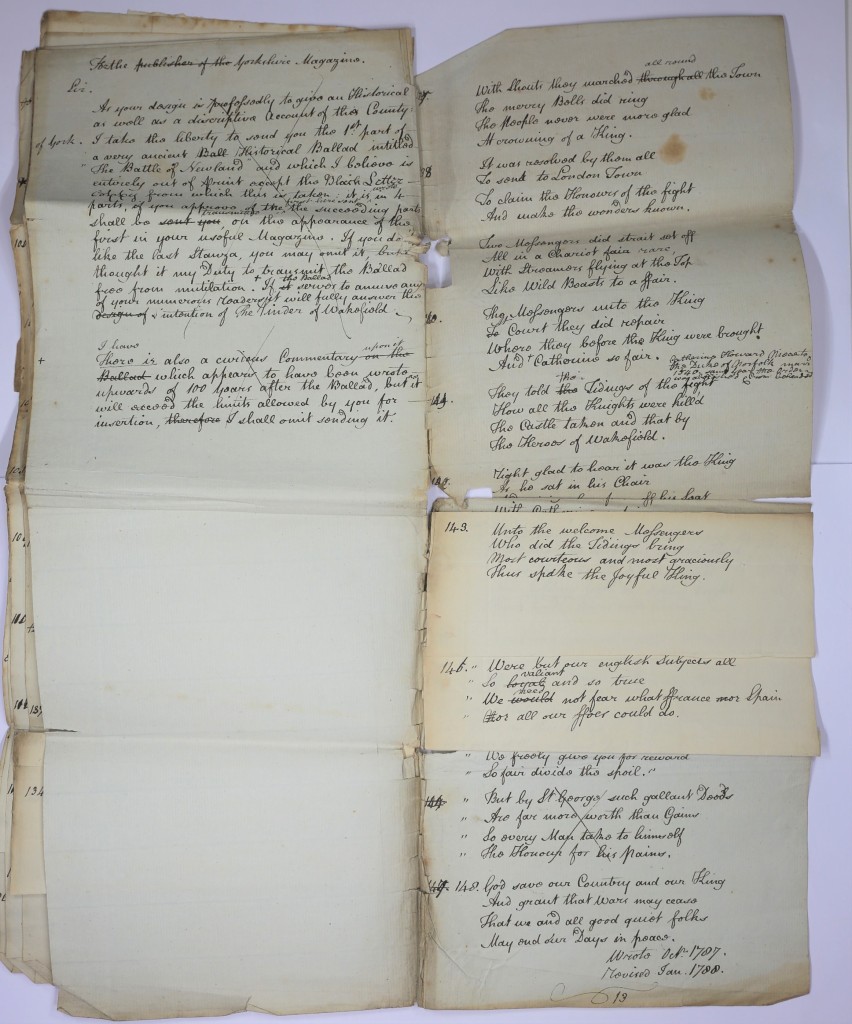
A short list of useful resources and further reading
Books and other publications available from booksellers and libraries
- Sansom, C J., The Wakefield conspiracy of 1541 and Henry VIII’s progress to the North reconsidered in Northern History XLV September 2008.Dawson, Paul L., Fighting Napoleon at Home: The Real Story of a Nation at War with Itself (Frontline Books, 2023)
- Dawson, Paul L., Piety and Politics: A Wakefield dissenting family 1695-1835. (Confection Drouot Press, 2023). Borrow this book.
- Ross, P. A, Newland. The Truth, The Facts & The Fiction (Independently published but available from Amazon, 2023) Borrow this book.
- Goodchild, J G, News from Newland (Wakefield Historical Publications, 1999). Borrow this book.
- The Shardlake fiction books series by CJ Sansom are a great window into the world of Henry VIII and the events of the 1540s. Read the series.
Online resources
- Newlands Estate Drone Adventure from droneadventure.co.uk
- The History of Newland Estate from stanleyhistoryonline.com
- Newland Preceptory listing in the heritage at risk registry at historiceengland.org.uk
- Newland: New Vision for a Wilder Future from the Landlines project
- The Castleford Corn Riot from The Lagentian ~ Episodes from Castleford history
In Spring 2023 Wakefield Libraries, West Yorkshire Archive Service and Wakefield Historical Society embarked on a pilot project to test how local heritage institutions could support a local community in developing and answering interesting questions about their local heritage and producing their own piece of unique research.
This community-driven research was a pilot project for the United Kingdom Research and innovation (UKRI) funded Community Knowledge Fund which aims to democratise access to research and empower local communities to produce their own research on topics of interest to them, rather than the more traditional academically driven research model.
In partnership with the Young Foundation, this pilot provided learning for our local community, local heritage institutions and UKRI and went part way to developing a model for community driven research which could be further explored by local grassroots researchers in future.

To achieve the results you read above, thanks must be extended to the many people who shared our progress on Facebook local groups, people who attended talks and workshops to explore the evidence, share their own personal stories of links to Newland and give their opinions and questions at Wakefield Archive and Normanton Library.
Thanks must also go to our peer researchers Suzie Cross and Paul Dawson, who helped the community to unlock their history by supporting the research and community engagement events. Local historians, archivists, librarians and more who helped local people develop their history detective skills lent their experience.
Most specifically thanks must also be extended to the current landowner of the Newland estate and scheduled ancient monument, farmer Ted Hughes, whose support is gratefully acknowledged.
Published under a creative commons licence from the collections of West Yorkshire, Wakefield Libraries and Wakefield Historical Society. Research credits to Paul L Dawson and Suzie Cross.
‘Nom de Plume’- women authors using male pseudonyms
Why have so many women female authors chosen to publish using male pen names or gender neutral initials?
This mostly stems from historic prejudice against women writing books. In a letter to Charlotte Bronte, poet Robert Southey declared ‘Literature cannot be the business of a woman’s life and ought not to be’ (Southey, 1837. In: Gordon, 1995. p.65). Throughout the Victorian era, when Southey was writing, novels written by women were attacked for challenging traditional gender roles and for allegedly being silly. In the cartoon from Punch magazine below the cartoonist captions it by declaring how convoluted and ludicrous stories written by female authors were. This prejudice resulted in many great women authors choosing to publish using pseudonyms.
Although things are better for women writers today, it still remains more difficult for women to publish books and to become successful. Studies have shown male readers are statistically less likely to read books written by women. For example, a 2021 survey revealed that of the best-selling female authors, only 19% of their readers were men, whereas with the male authors this figure was 55% (Sieghart, 2021).
But prejudice is not the only reason many women have chosen to use fake names. Others do so to be able to write books in a genre they are not associated with. Others choose to do so because they do not want the pressures of fame.
Here are some of the most interesting cases of female writers using pen names…
The Bronte Sister

Because of the prejudice of critics like Southey; Anne, Charlotte and Emily Bronte originally published under the names Acton, Currer and Ellis Bell respectively. Years after they started to use their real names, Charlotte wrote in the 1850 edition of Wuthering Heights that they had made the decision because ‘authoresses are liable to be looked on with prejudice’ (Bronte, 1850, p.4).
George Eliot
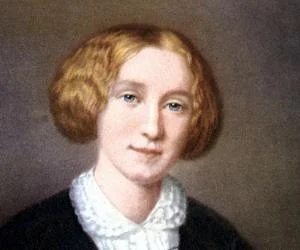
Mary Ann Evans wrote the phenomenal novel Middlemarch. Evans chose to publish using the name ‘George Eliot’ to disguise her gender and to avoid the prejudice faced by female writers in her day. Evans was also in an unmarried relationship with her partner, George Lewes, and using a pen name protected her from the scandal around it.
She chose the name George after her partner. Eliot was chosen as a last name because it was ‘a good mouth-filling, easily-pronounced word’ (Evans, 1857. In: Edworthy, 2019).
Louisa May Alcott
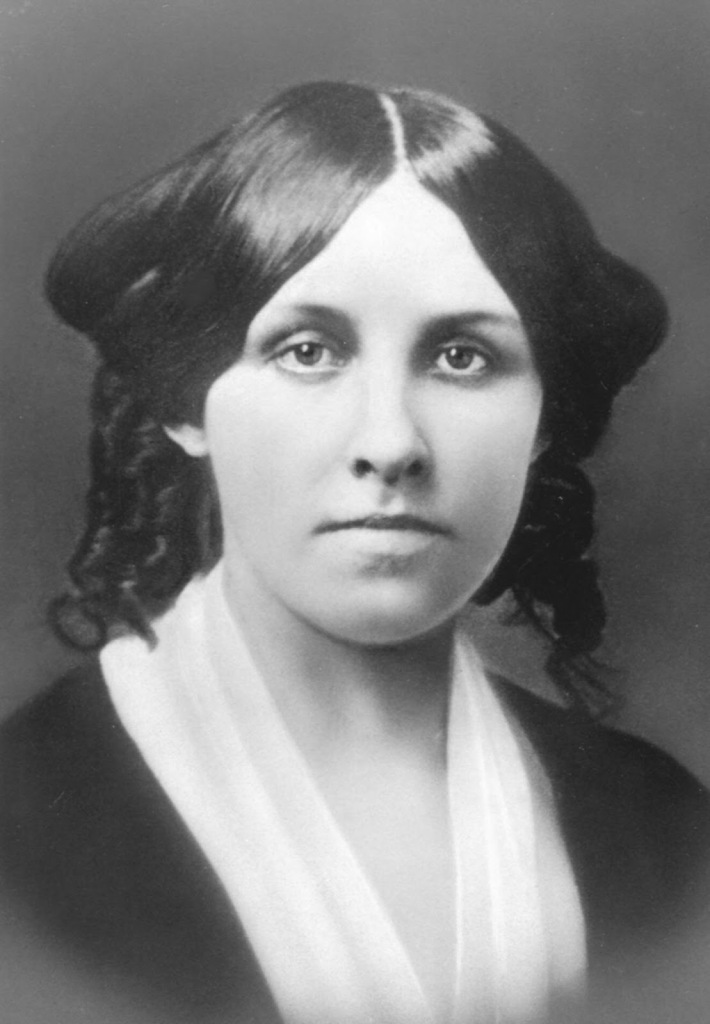
Louisa May Alcott is best known for writing the homely, family oriented Little Women and Jo’s Boys. When she wanted to write more ‘unladylike’ stories, Alcott used the gender neutral pen name ‘A.M. Barnard’. One such story was Pauline’s Passion and Punishment (1862), where a woman plots revenge against her husband.
Astonishingly the real identity of A.M. Barnard was kept secret until 1942, 54 years after Alcott’s death!
PL Travers
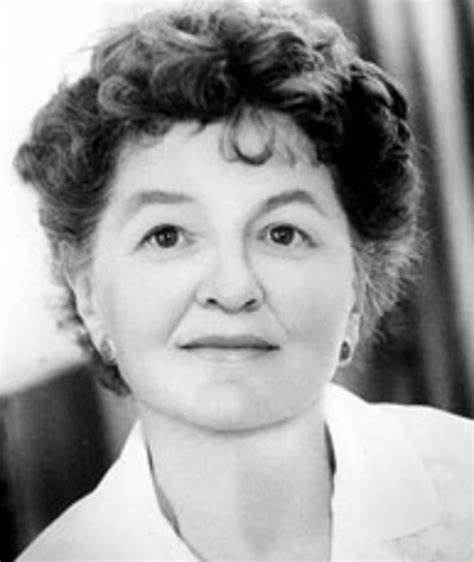
Australian-born stage actress Helen Goff moved to Britain in 1924, becoming a writer. She wrote the popular Mary Poppins books under the name P.L. Travers. The name appealed to her because it was ‘no-gender specific’.
JK Rowling
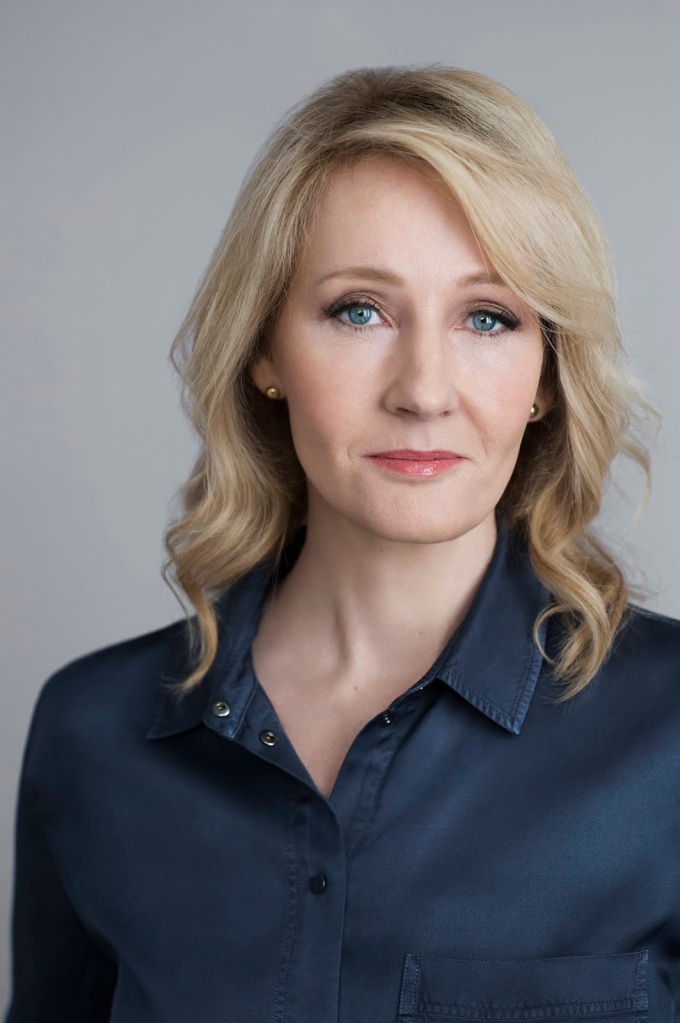
When she was trying to get Harry Potter published, Joanne Rowling was rejected twelve times! When her work was accepted by Bloomsbury in 1995, Rowling was asked to write using a pen name to disguise her gender because they did not believe young boys would read fantasy novels written by a woman (Kirk, 2003, p.76).
More recently, Rowling decided to publish her Strike detective novels under the name ‘Robert Galbraith’. On her website, Rowling wrote that this decision was because ‘I was yearning to go back to the beginning of a writing career in this new genre’ (Rowling, undated).
JD Robb
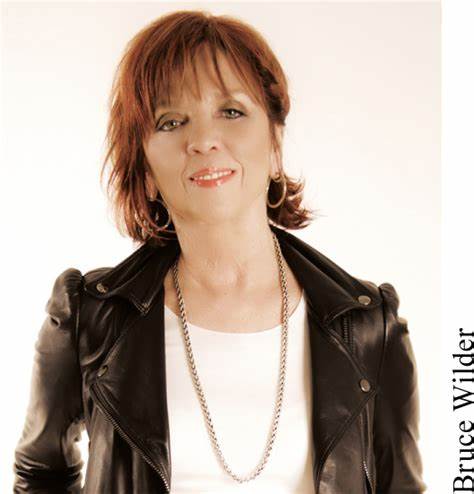
Believe it or not, romance author Nora Roberts and crime writer J.D. Robb are the same person!
Roberts had been writing romance stories for years prior to starting her futuristic crime series ‘In Death’ in the mi-1990s. She was advised by her agent, Amy Berkover, to adopt a pseudonym to avoid ‘brand proliferation’ (Quinn, J, 1998). Using a different name would help her find a different audience.
The initials ‘J.D’ come from her sons, Jason and Dan, and ‘Robb’ is short for ‘Roberts’.
References
Anon (1864) The Sensation Novel. Punch. In: Robbins, R etl (2018) Through the Pages. The Leeds Library: Leeds.
Bronte, C (1850) ‘Biographical Notice of Ellis and Acton Bell’. In: Bronte, E (1850 edition) Wuthering Heights. WS Williams.
Evans, M.A. (1857) In: Edworthy, C, (2019) Eight things you didn’t know about George Eliot. [online]. [Date Accessed; 10 January]
Kirk, A (2003) JK Rowling, a biography. Greenwood Press: London. Available at: https://blog.oup.com/2019/11/eight-things-you-didnt-know-about-george-eliot/
Quinn, J (1998) ‘Nora Roberts: A Celebration of Emotions’. Publishers Weekly. [Online]. [Date Accessed: 12 January 2024]. Available at https://web.archive.org/web/20080208100926/http://www.publishersweekly.com/article/CA165397.html?pubdate=2%2F23%2F1998&display=archive
Rowling, J.K. (undated) Robert Galbraith, the Cormoran Strike Novels. [Webpage]. [Date Accessed: 11 January]. Available from: https://robert-galbraith.com/about/
Sieghart, M.A. (2021) ‘Why do so few men read books by women?’. The Gaurdian. [Online]. [Date Accessed: 10 January 2024]. Available at: https://www.theguardian.com/books/2021/jul/09/why-do-so-few-men-read-books-by-women
Southey, R (1837). In: Gordon, L. (1995) Charlotte Bronte, A Passionate Life. Chatto and Windus: London.
Reading Well Books for Teens at Wakefield Libraries
What is Reading Well?
Reading Well is a project pioneered by the Reading Agency. It is a collection of books about living with and managing conditions such as autism and ADHD, understanding feelings and using social media responsibly.
The books have been recommended by health experts (including the NHS, Anxiety UK, OCD Addiction the British Psychological Society) and by people who have experienced the condition or cared for somebody who has.
As of 2024, the collections are available in every English and Welsh library service. A colossal 2.6 million Reading Well books have been borrowed, with 91% of people surveyed saying they were helpful.
Reading Well books for teenagers…
The Reading Agency has a specific booklist targeted at teenagers (aged 13-18).
Wakefield Libraries has 28 of these books on our shelves! Here is the complete list…
Browse for and reserve it here
Browse for and reserve it here
Browse for and reserve it here
Browse for and reserve it here
Browse for and reserve it here
Browse for and reserve it here
Browse for and reserve it here
Browse for and reserve it here
Browse for and reserve it here
Browse for and reserve it here
Browse for and reserve it here
Browse for and reserve it here
Browse for and reserve it here
Browse for and reserve it here
Browse for and reserve it here
Browse for and reserve it here
Browse for and reserve it here
Browse for and reserve it here
Browse for and reserve it here
Browse for and reserve it here
Browse for and reserve it here
Browse for and reserve it here
Browse for and reserve it here
Browse for and reserve it here
Browse for and reserve it here
Browse for and reserve it here
Reading Well Books for Children at Wakefield Libraries
What is Reading Well?
Reading Well is a project pioneered by the Reading Agency. It is a collection of books about living with and managing conditions such as autism and ADHD, understanding feelings and using social media responsibly.
The books have been recommended by health experts (including the NHS, Anxiety UK, OCD Addiction the British Psychological Society) and by people who have experienced the condition or cared for somebody who has.
As of 2024, the collections are available in every English and Welsh library service. A colossal 2.6 million Reading Well books have been borrowed, with 91% of people surveyed saying they were helpful.
Our Children’s Reading Well books…
Reading Well has a specific booklist for children aged 7-11. Many of the titles are designed for less confident readers and can be read by parents.
Wakefield Libraries have 33 of these books in our branches. Here they are, with links to borrow/reserve them…
Browse for and reserve it here
Browse for and reserve it here
Browse for and reserve it here
Browse for and reserve it here
Browse for and reserve it here
Browse for and reserve it here
Browse for and reserve it here
Browse for and reserve it here
Browse for and reserve it here
Browse for and reserve it here
Browse for and reserve it here
Browse for and reserve it here
Browse for and reserve it here
Browse for and reserve it here
Browse for and reserve it here
Browse for and reserve it here
Browse for and reserve it here
Browse for and reserve it here
Browse for and reserve it here
Browse for and reserve it here
Browse for and reserve it here
Browse for and reserve it here
Browse for and reserve it here
Browse for and reserve it here
Browse for and reserve it here
Browse for and reserve it here
Browse for and reserve it here
Browse for and reserve it here
Browse for and reserve it here
Browse for and reserve it here
Browse for and reserve it here
Browse for and reserve it here
Browse for and reserve it here
Reading Well Mental Health Books at Wakefield Libraries
About Reading Well
Reading Well is a project pioneered by the Reading Agency. It is a collection of books about living with and managing health conditions, including dementia, depression, OCD, angina, arthritis and heart disease.
The books have been recommended by health experts (including the NHS, Anxiety UK, OCD Addiction the British Psychological Society) and by people who have experienced the condition or cared for somebody who has.
As of 2023, the collections are available in every English and Welsh library service. A colossal 2.6 million Reading Well books have been borrowed, with 91% of people surveyed saying they were helpful.
Our Reading Well Mental Health Books
Wakefield Libraries own all of the Reading Well books, including the 37 books specifically about managing mental health. They are available for you to borrow…
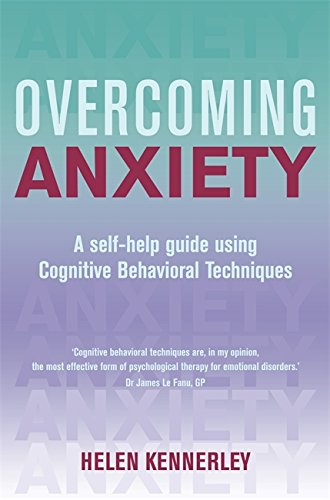
Borrow this book– you will need to download the BorrowBox app
Sources
Reading Agency (2023) Reading Well. Available at: https://reading-well.org.uk/. [Accessed: 3 October 2023]
Reading Agency (2023) Partners. Available at: https://reading-well.org.uk/partners. [Accessed: 3 October 2023]
Reading Agency (2023) Mental Health. Available at: https://reading-well.org.uk/books/books-on-prescription/mental-health. [Accessed: 3 October 2023].
Coronation Playbox at Home Activities

Wakefield Libraries’ Coronation Playbox was launched at Airedale Library on Saturday 6 May as #WePlayedToday in celebration of the Coronation of King Charles III. The Playbox is now at South Elmsall Library until the beginning of February when it will continue its royal tour around our libraries.
With funding from Libraries Connected and Arts Council England, the mini playbox was developed by Leeds Libraries, Playful Anywhere, PlayExploreArt and Three Create.
The playbox is filled with an array of interactive objects to help develop speech and language, numeracy, and maths.
After you have explored our Coronation Playbox why not create your own fun at home with activities inspired by 50 Things to do before you’re five.
Chinese and British Exhibition at Wakefield Library

Chinese communities have been calling the UK home for much longer than many realise. Tracing their heritage back to regions in East and South-East Asia, they’ve established a rich and diverse culture across the UK.
In a new free display, which takes its lead from the British Library’s exhibition (18 November 2022 to 23 April 2023), we reflect on this long history through photographs, manuscripts and interviews with those who have lived through it.
Meet remarkable individuals from British Chinese communities both here and around the UK. Get to know the local business owners who set up Europe’s first Chinatowns. Listen to personal accounts from the descendants of merchant seamen. Be inspired by the scientists, artists and writers breaking new ground. And uncover the challenges that British Chinese people have encountered through the centuries and continue to face today.
Join us to celebrate the history and lasting legacy of this vibrant community, and to understand what it really means to be Chinese and British.
It will be at Wakefield library from 18 November until April 2023, so plenty of time to visit!
WordFest Inventor of the Week: George Dunhill
George Dunhill is reputed to have invented the Pontefract Cake by adding sugar to liquorice.
The beginnings
By 1720, or perhaps slightly earlier than this, the Dunhill family rented land in Pontefract Castle specifically for the purpose of growing liquorice. In order to grow liquorice properly, deep trenches are needed of up to 6 feet and the castle grounds were ideal for this.
Pontefract Cakes
George Dunhill worked as an apothecary chemist for the family firm in Pontefract. He is reputed to have added sugar to liquorice, which was then a dissolvable, medicinal pastel, in order to create a non-medicinal lozenge which was chewable, thus inventing the sweet that we now know as the Pontefract Cake.
As the years passed, many sweet companies were formed in and around the town and by the beginning of the 1900s there were 19 factories in the Pontefract area
Over 25,000 Pontefract cakes were made daily, each one being stamped by hand with a design that included Pontefract Castle.
Dunhills
George Dunhill carried on his liquorice business until he died in 1824. His son Francis then took over the business and when he, in turn, died, his widow Ann Dunhill ran the company.
In 1872 Dunhills played a minor role in national politics. The Secret Ballot Act had been passed by Parliament in that year and Pontefract was the first place to hold a by-election under this new system. Instead of using the stamp of the borough on the wax seals on the ballot boxes, Dunhills’ Pontefract Cake stamp was used instead.
The firm was taken over by Mr F Carven in 1883, though the Dunhills name was kept. The business became a limited company in 1919 and moved to a former laundry on Front Street, where it gradually expanded, resulting in the modern factory that we know today.
WordFest Inventor of the Week: John Harrison
The inventor of the marine chronometer, used for calculating longitude while at sea.
Early Life
John Harrison was born on March 24th,1693, in the village of Foulby, West Yorkshire before moving to the village of Barrow in Lincolnshire early in his life. Harrison had a keen interest in woodworking and was fascinated with clocks from a young age, completing his first pendulum clock before he was 20.
The Problem
At that time, the main problem facing ship navigation was how to accurately track longitudes, inaccurate readings caused ships to sail off course and, in some cases, result in loss of life. This issue became most apparent to the British Navy after the loss of 4 ships and 2000 men in 1707 from Sir Cloudesley Shovell’s fleet after heavy fog caused a voyage from Gibraltar to Portsmouth to go off course and sail into rocks off the coast of the Scilly Isles.
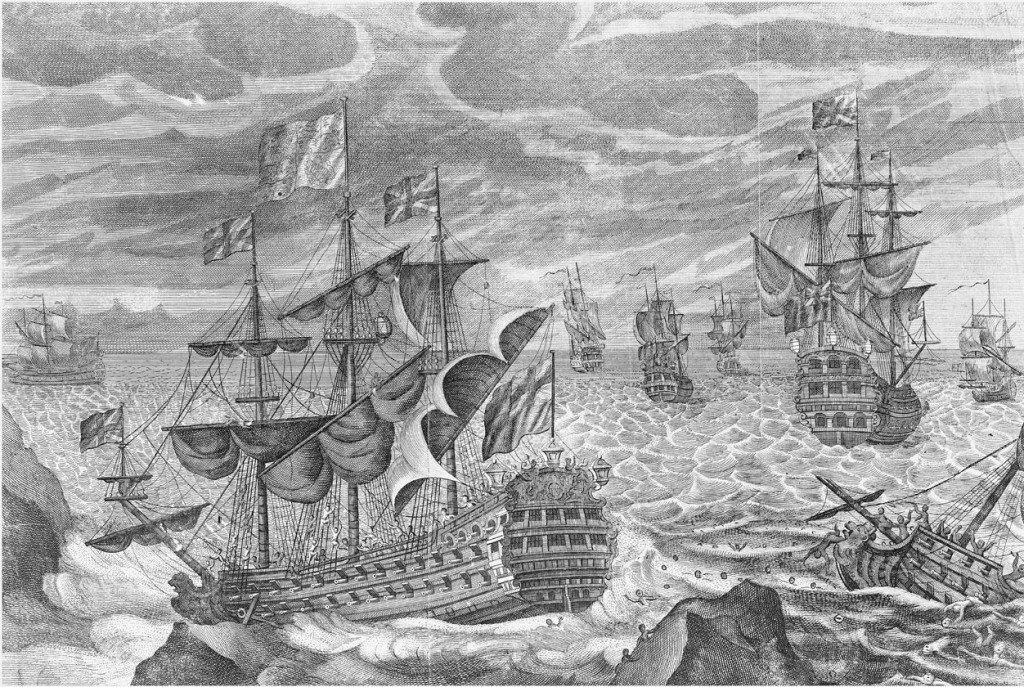
In 1714, in response to this problem, the Longitude Act was passed, and a board was set up to find an answer. They decided to offer £20,000 to anyone who could create a device to accurately measure longitudes.
The Solution
Aiming to win the prize money, Harrison invented his first chronometer in 1735 named H1 (Harrison 1) which took him 5 years to build. This complex brass clock weighing 75 pounds was a technological breakthrough and people came from far and wide to see it. Even after a successful voyage to Lisbon and back however Harrison himself was critical and instead of asking for the prize money asked for a £500 investment so he could go away and improve it.
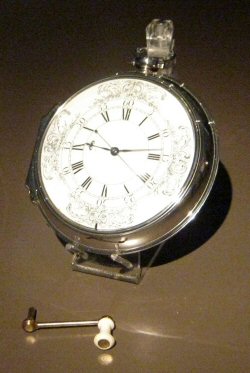
He then set about perfecting his invention and over the next four decades produced another four models. His first was the improved and again, according to Harrison himself, still flawed, H2 shown to the committee in 1741, then came the smaller but still bulky H3 in 1757 and finally two further compact models in his H4 and H5. H4, only slightly bigger than a pocket watch, was a miniature marvel. Finished in 1759 it was complete with a diamond and ruby anti-friction mechanism. H5 was completed in 1770 and, although not as ornate as H4, was just as impressive.
After testing, Harrison’s inventions were found to be highly accurate and fit the board’s criteria to win the prize money but although he received further investments and grants, in 1765 he was only awarded half not the full amount. Frustrated and confident of its success Harrison took his complaint to the top, contacting King George III in 1772 who ordered that Harrison’s device be tested again. After further testing Harrison’s chronometer was found to be accurate and he was awarded the rest of the prize money in 1773. In total over the years he received the sum of £23,065, a figure that would have made him a multimillionaire by today’s standards. He died March 24th 1776 a very rich man.
Since his death he has been honoured by numerous societies. His original inventions are on display in the National Maritime Museum in Greenwich.




